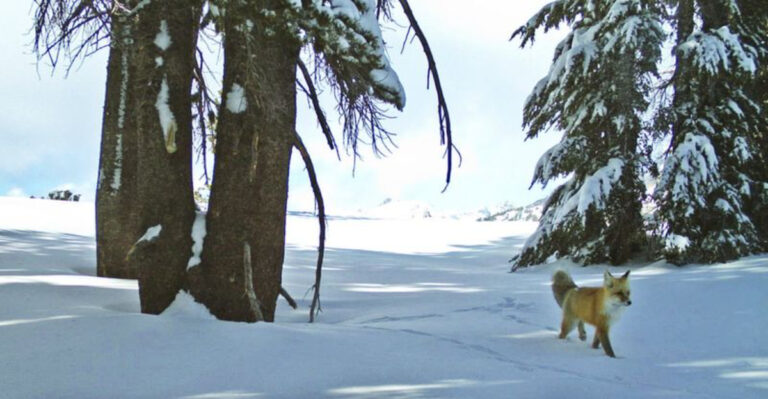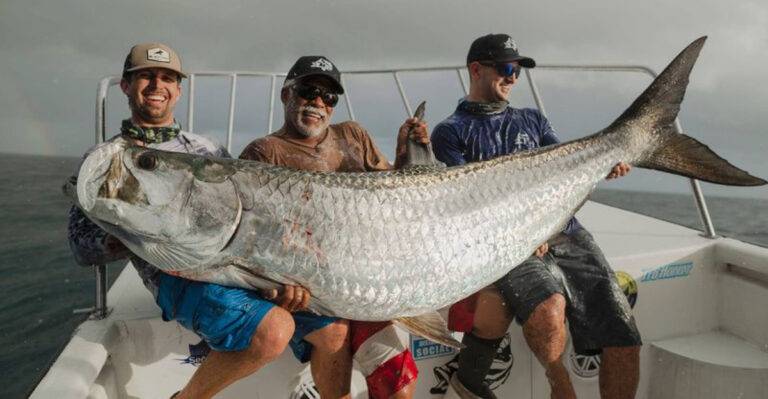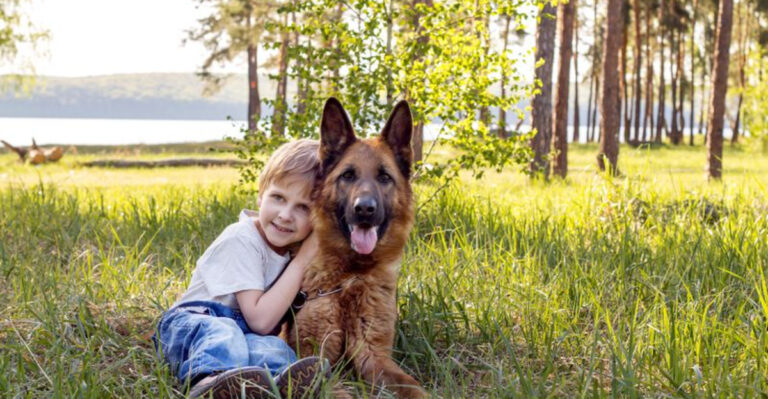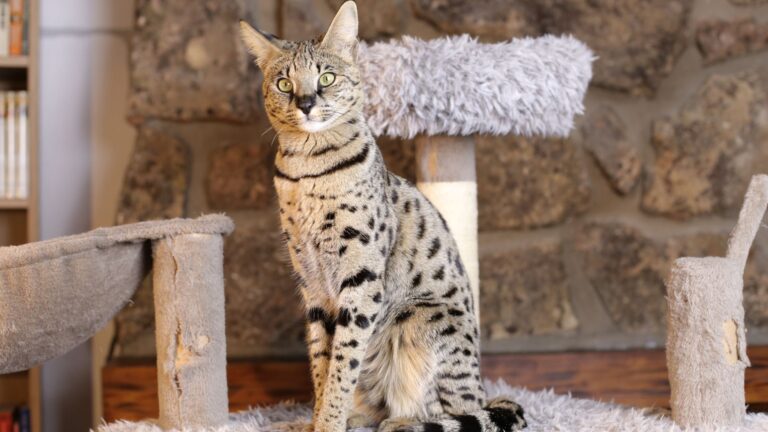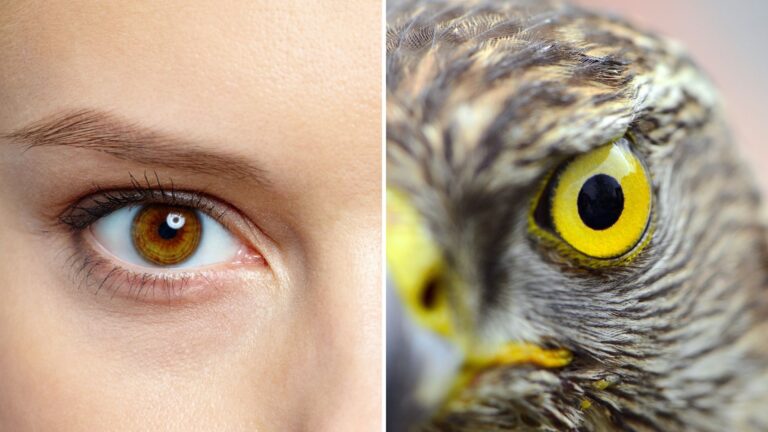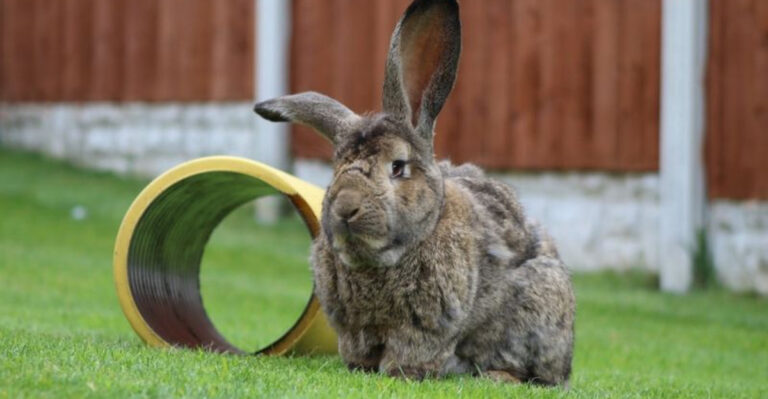22 Wildlife Surprises Waiting In Acadia National Park

Nestled on the coast of Maine, Acadia National Park is a sanctuary where nature’s wonders never cease to amaze.
From the tiniest of creatures to majestic mammals, Acadia’s wildlife is full of surprises that delight and educate visitors. Join us on this virtual tour of some captivating inhabitants of this natural wonderland.
1. Peregrine Falcon
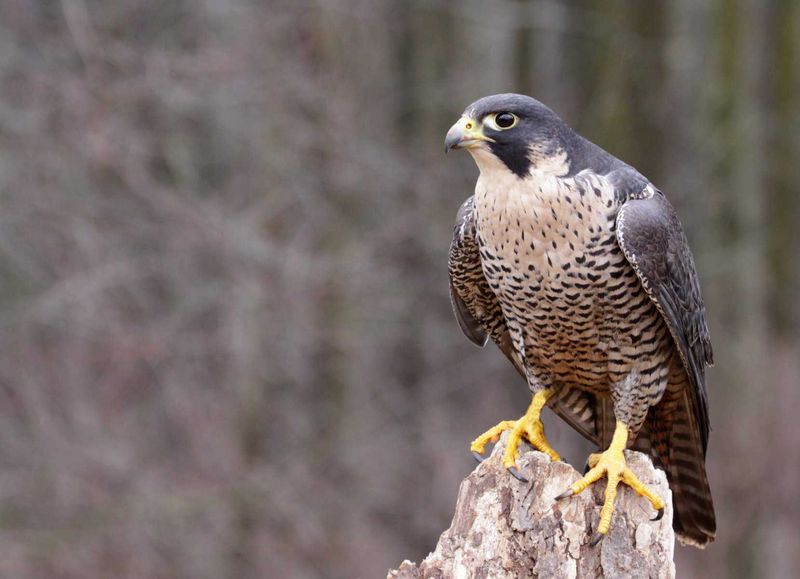
Ever seen a bird dive at 240 mph? Meet the Peregrine Falcon, nature’s jet fighter. Not only are these birds fast, but they also have a love story rooted in Acadia. Returning every spring, these falcons nest on the park’s rugged cliffs, offering a thrilling aerial show. Look up, and you might just spot one!
2. Moose
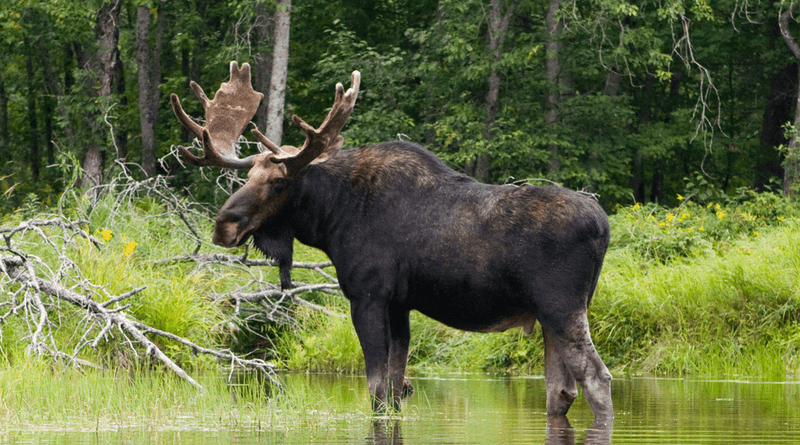
With legs like tree trunks and an antler crown, the moose is a towering presence in Acadia. Despite their size, these gentle giants are surprisingly elusive. Often found in the park’s wetlands, they graze gracefully on aquatic plants. If you’re lucky, you might catch a glimpse of their serene morning routine.
3. Red Fox
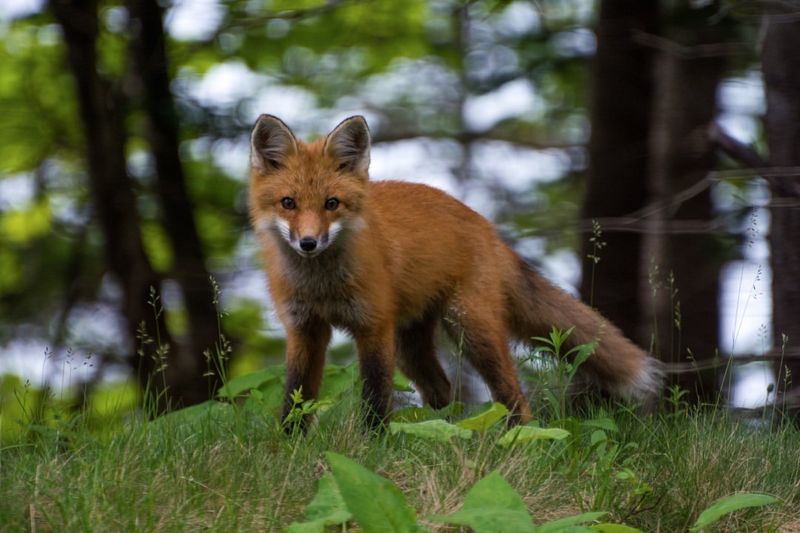
Forget the sly stereotypes; the red fox of Acadia is more about charm and curiosity. Sporting a coat of fiery red, these foxes are often seen dashing through the forest or lounging in the sun. Their playful antics make them a favorite among park visitors, especially during the crisp, colorful fall season.
4. Harbor Seal
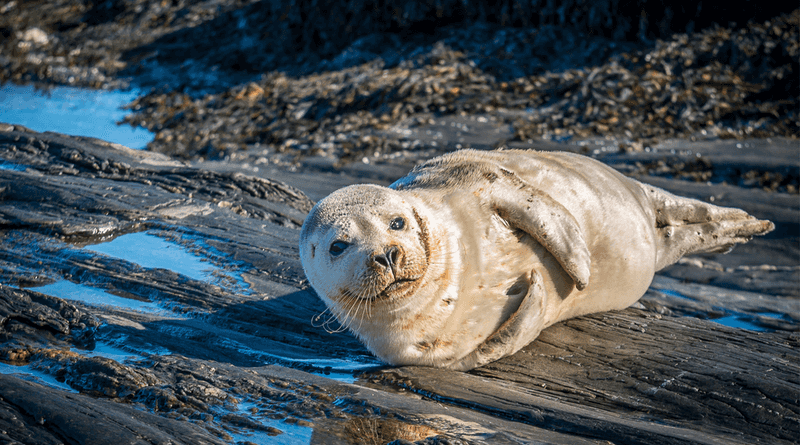
Sunbathing on the rocky shores, harbor seals are Acadia’s very own beach bums. With their big, soulful eyes and playful demeanor, these seals are a hit with visitors. They spend their days lounging on rocks or playfully bobbing in the waves, embodying the very essence of coastal relaxation.
5. Bald Eagle
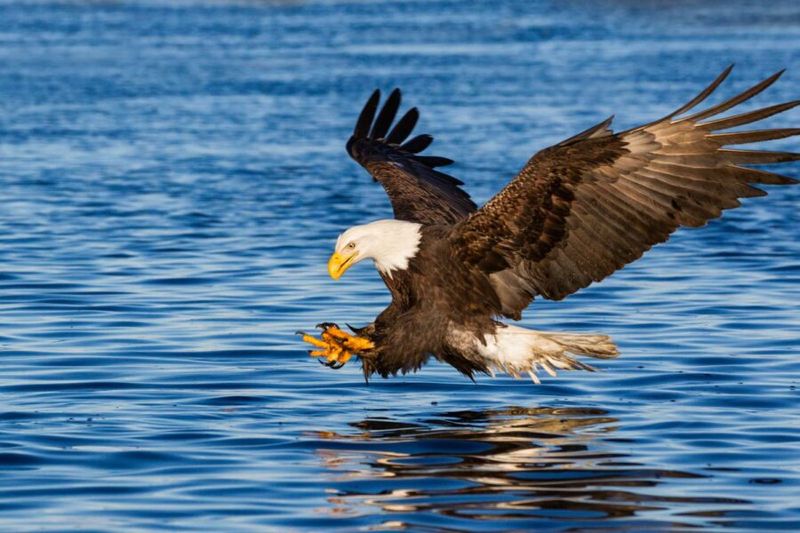
Symbol of freedom and grandeur, the bald eagle reigns over Acadia’s skies. With a wingspan that can reach over 7 feet, these eagles are a sight to behold. Often seen soaring above the park’s lakes, they hunt with precision and grace, leaving onlookers in awe of their commanding presence.
6. Snowshoe Hare
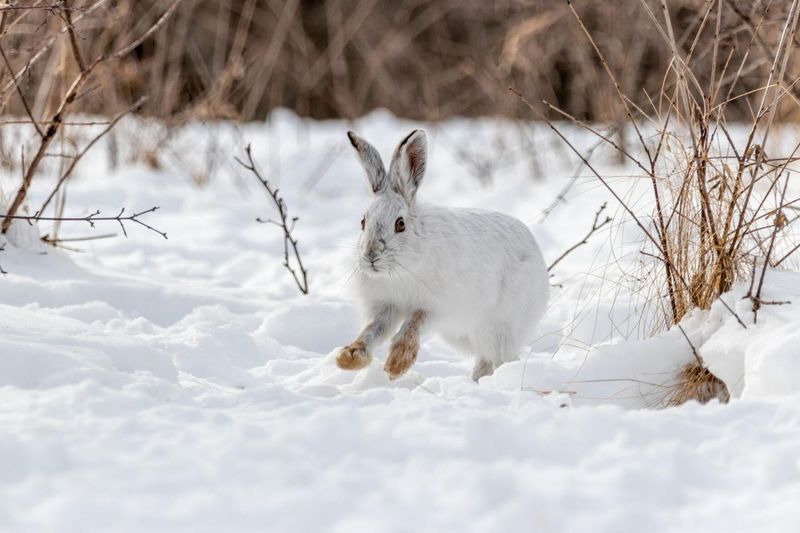
Meet the master of disguise! The snowshoe hare changes its coat from brown to white, perfectly blending with the seasonal landscapes. Hopping through Acadia’s forests, these hares are expert escape artists. Their large feet act like natural snowshoes, making them agile even in thick snow.
7. Common Loon
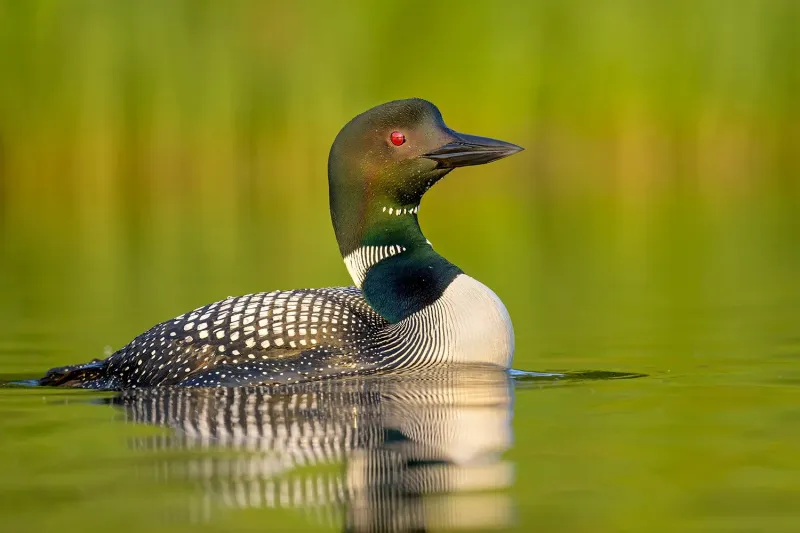
Hauntingly beautiful, the call of the common loon echoes across Acadia’s lakes. Known for their striking black-and-white plumage, these birds are expert divers. They can plunge deep into the water to catch fish, often emerging far from where they started. Their ethereal calls are a quintessential park soundtrack.
8. Beaver
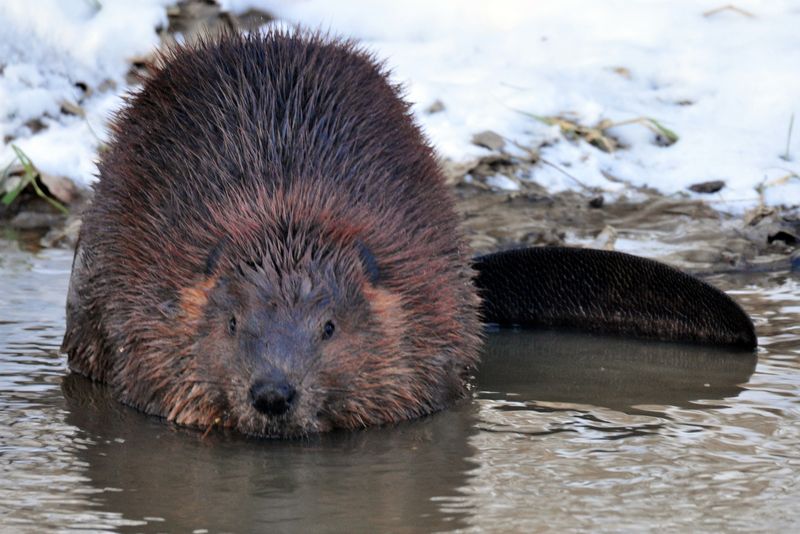
Did you know beavers are nature’s engineers? In Acadia, they build impressive dams and lodges, reshaping landscapes and creating habitats. With strong teeth and a tireless work ethic, these industrious creatures are fascinating to watch, often found along streams, tirelessly working on their watery homes.
9. Porcupine
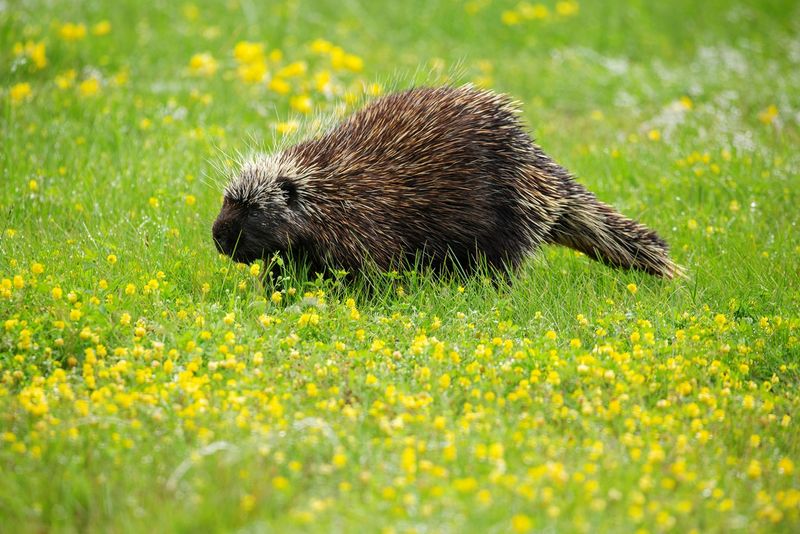
Who knew quills could be so cute? The porcupine, with its spiky armor, is a surprising delight in Acadia. Often found climbing trees or foraging on the ground, these prickly residents are more peaceful than you might think. Their unique defense mechanism keeps curious predators at bay.
10. Black Bear
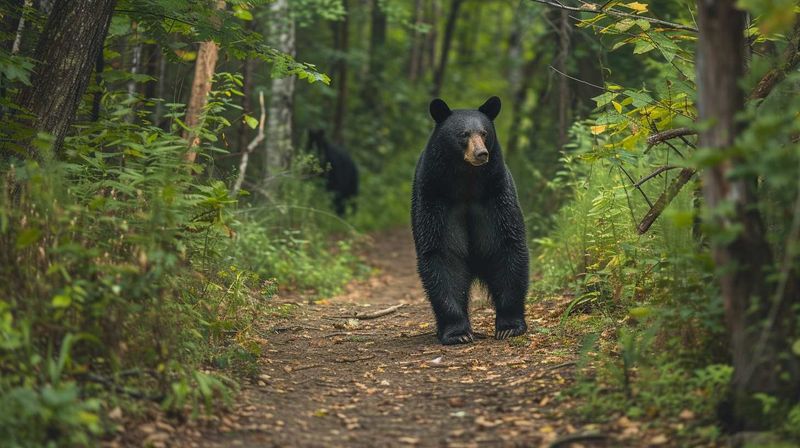
Meet the forest’s gentle heavyweight, the black bear. While their size might intimidate, these bears are more interested in berries than bothering tourists. Often found foraging in the park’s lush forests, their keen sense of smell leads them to the juiciest fruit around. Spotting one is a memorable experience!
11. Osprey
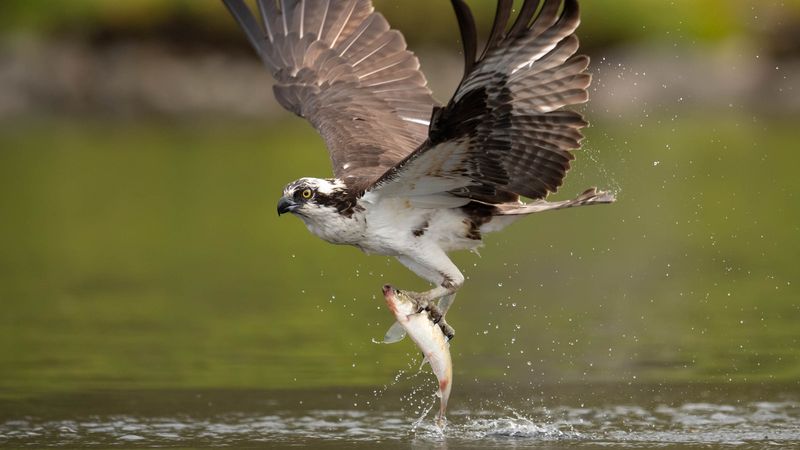
Fishing with flair, the osprey is a master of the hunt. With a diet mainly of fish, these birds of prey are often seen diving dramatically into Acadia’s waters. Their sharp talons and keen eyesight make them skilled hunters, and their aerial acrobatics are a spectacle not to be missed.
12. Eastern Coyote
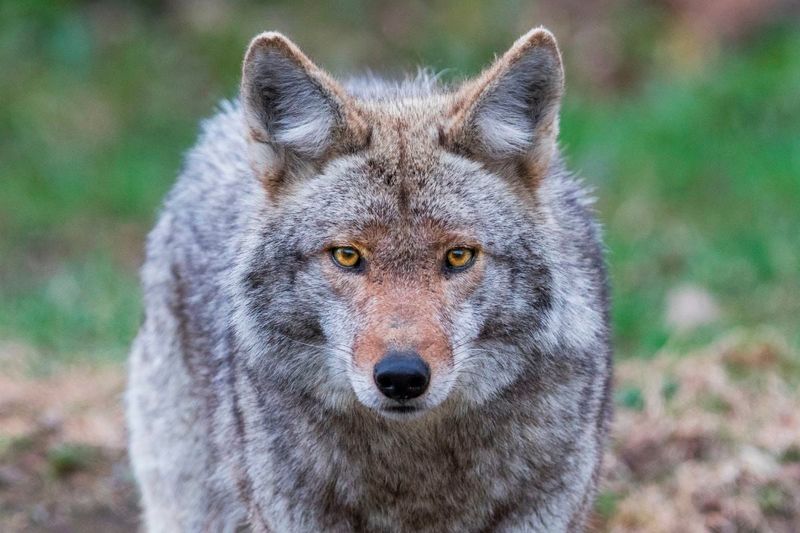
Cunning and adaptable, the Eastern coyote calls Acadia home. These nocturnal hunters are known for their intelligence and resourcefulness. Often heard howling during the night, their eerie calls add an air of mystery to the park. Despite their wily reputation, they’re an integral part of the ecosystem.
13. Ruffed Grouse
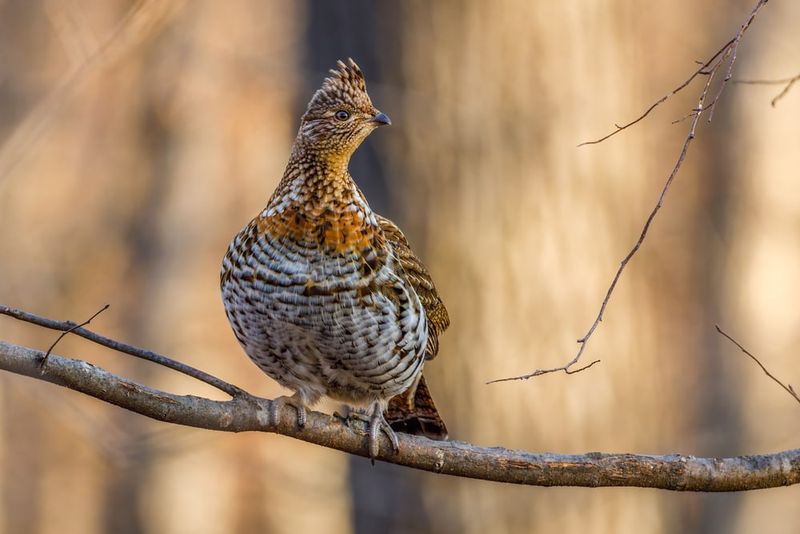
Ever heard a drumming bird? The ruffed grouse creates a unique sound by beating its wings. Found in Acadia’s dense forests, these birds are masters of camouflage. Their beautiful plumage blends seamlessly with the forest floor, making them a challenge to spot. Listen closely, and you might hear their rhythmic call.
14. Eastern Newt
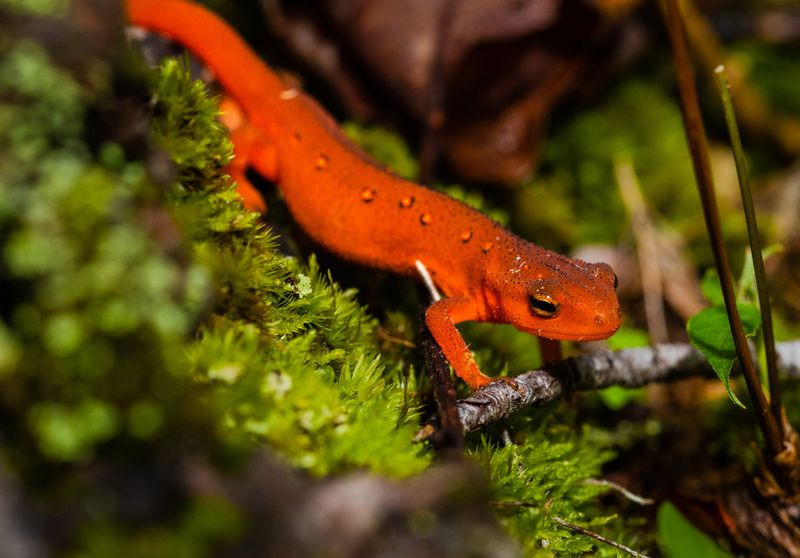
Small but mighty, the Eastern newt undergoes a fascinating life cycle. From aquatic larvae to land-dwelling juveniles, these amphibians are a testament to nature’s adaptability. In Acadia, they can often be found in moist, wooded areas, their bright orange skin a warning to predators of their toxicity.
15. Piping Plover
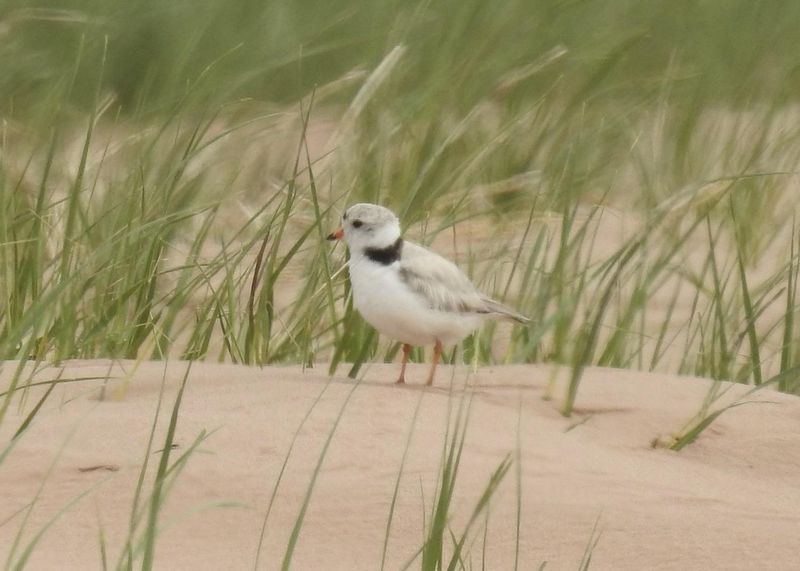
Tiny and endangered, the piping plover is a special sight on Acadia’s beaches. Their delicate, sandy-colored plumage allows them to blend in effortlessly with their surroundings. Conservation efforts are in place to protect these charming birds, whose presence signifies a healthy coastal ecosystem.
16. Atlantic Puffin
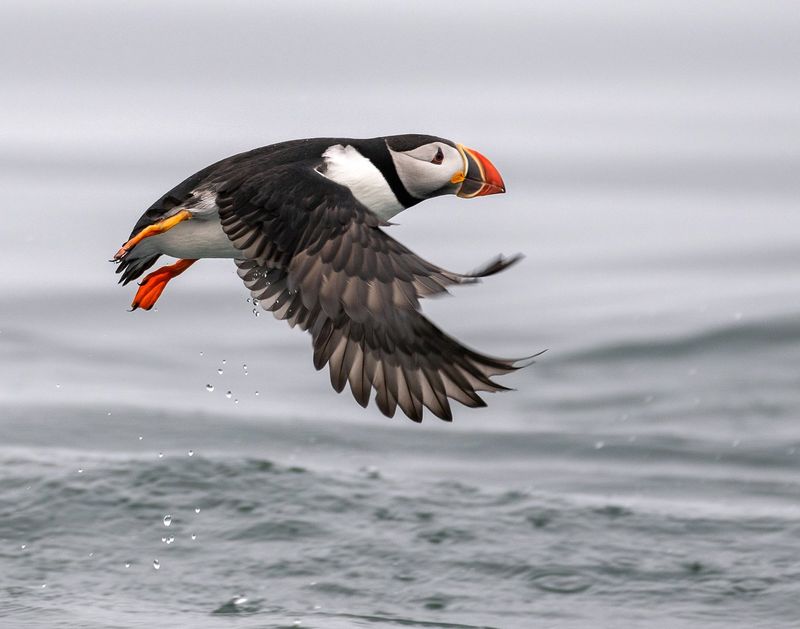
With their colorful beaks and clown-like antics, Atlantic puffins are the comedians of the sea. While not commonly seen in Acadia, lucky visitors might spot these charismatic birds on the park’s rocky islands. Known for their diving prowess, puffins can catch multiple fish in one swoop.
17. American Toad
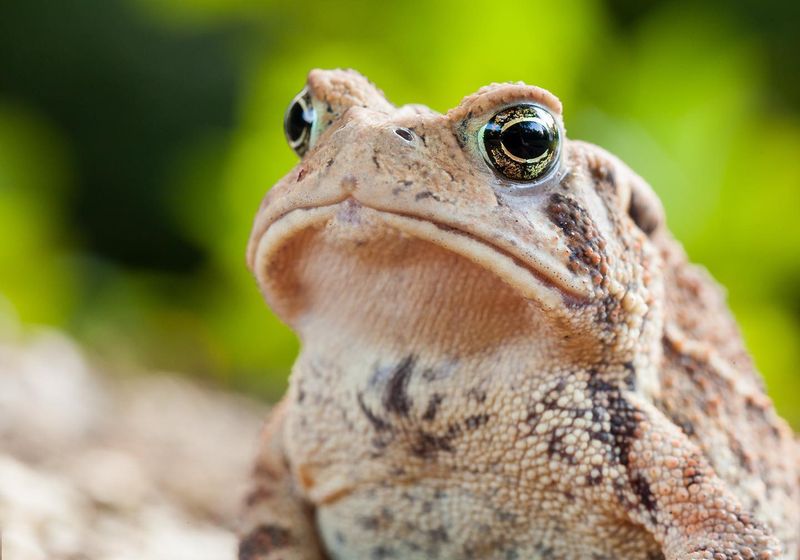
Warts and all, the American toad is a fascinating fixture in Acadia. Known for their distinctive calls during mating season, these toads thrive in the park’s damp environments. Their bumpy skin might not win beauty contests, but it serves them well in warding off predators and retaining moisture.
18. Northern Goshawk
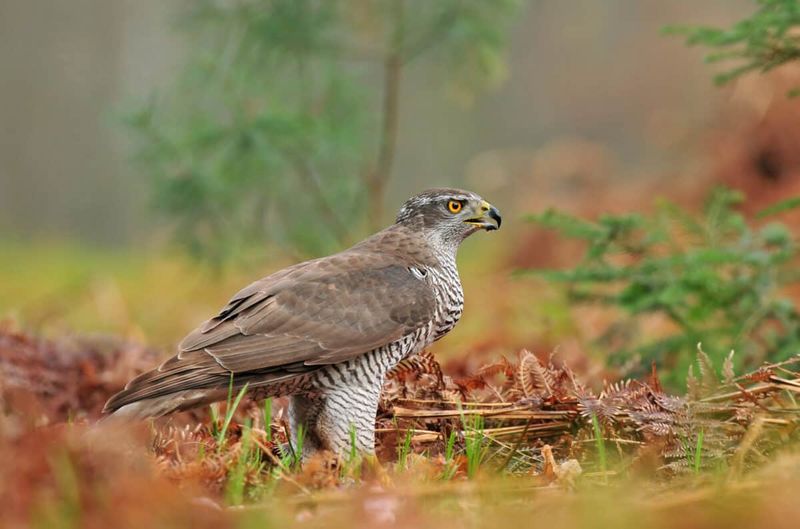
A fierce predator, the Northern goshawk commands respect. Known for their stealth and power, these raptors patrol the skies above Acadia. With keen eyesight and incredible speed, they hunt with unmatched precision. Spotting one of these majestic birds is a thrilling experience for any nature enthusiast.
19. Barred Owl
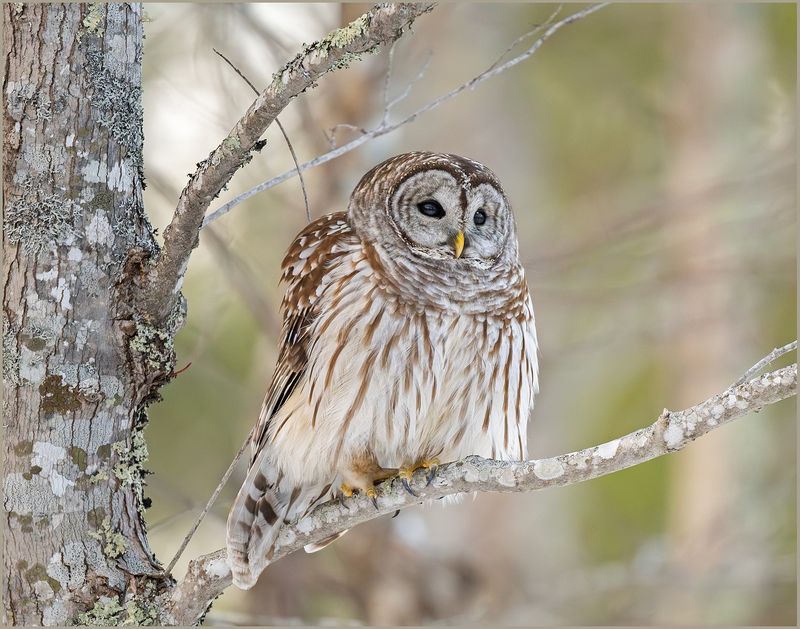
Who gives a hoot? The barred owl, with its haunting call, is a nocturnal icon of Acadia. These owls are expert hunters, using their acute hearing to locate prey in the dark. Their distinctive hooting call, often described as “Who cooks for you?”, is a familiar and eerie sound echoing through the woods.
20. Cedar Waxwing
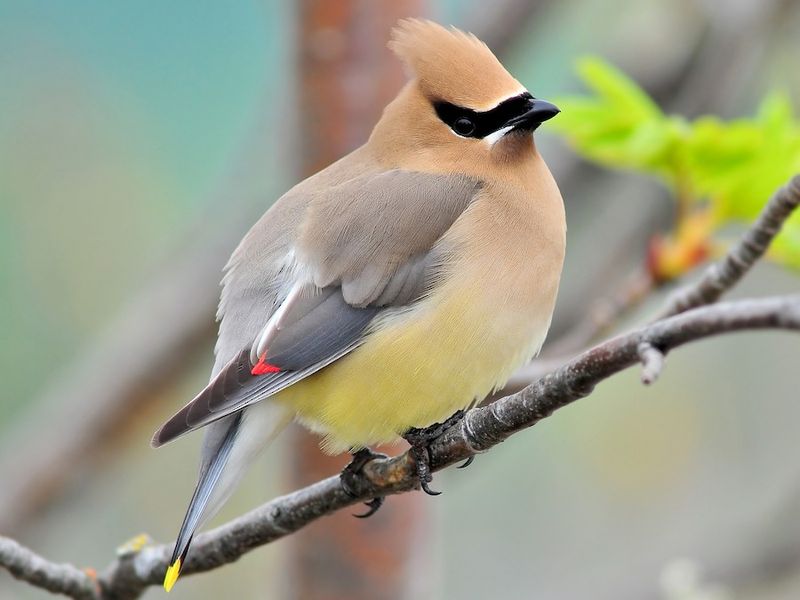
With a mask like a bandit and feathers as smooth as velvet, the cedar waxwing is a showstopper. These sociable birds dine on berries and often travel in flocks, adding a splash of color to Acadia’s landscapes. Their graceful movements and melodious calls make them a delightful sight for birdwatchers.
21. Wood Frog
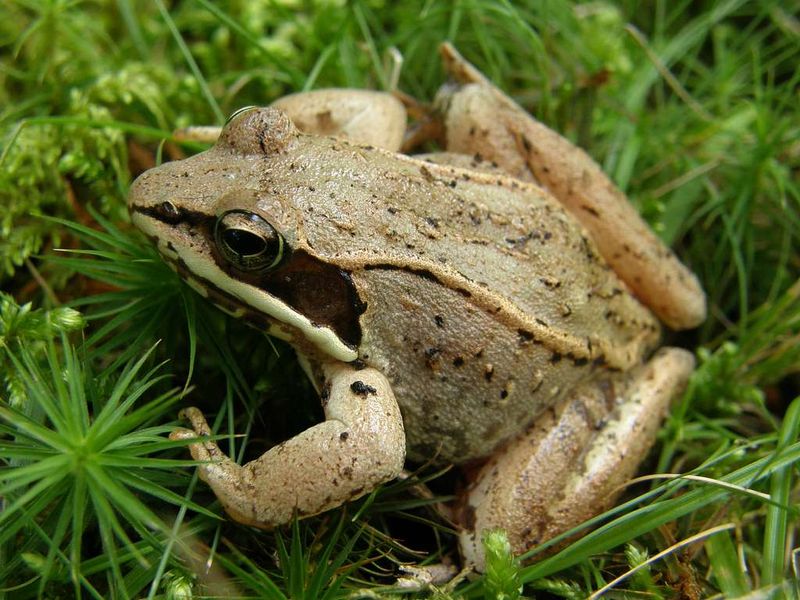
Nature’s time travelers, wood frogs can survive being frozen solid! These amphibians are true survivors, able to endure Acadia’s harsh winters by becoming living ice cubes. As spring arrives, they thaw and continue their cycle, hopping through the forests with renewed energy. Their resilience is astonishing.
22. Spotted Salamander
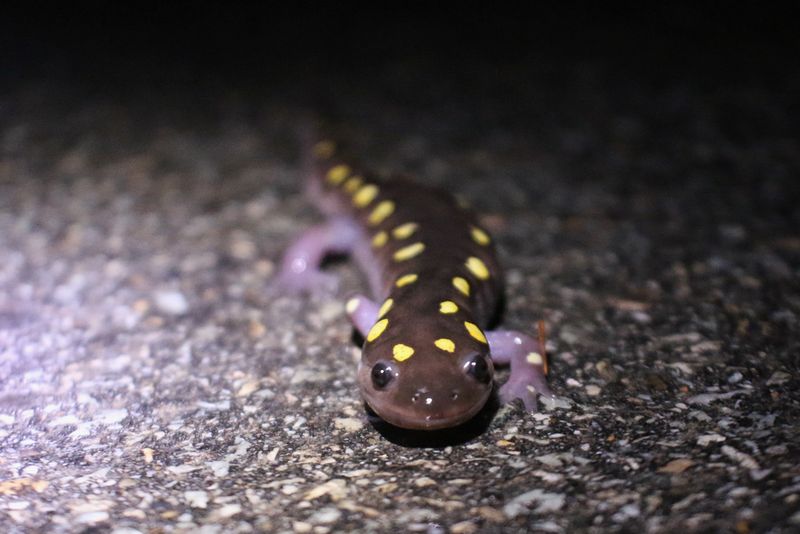
With striking yellow spots, the spotted salamander is a secretive resident of Acadia. Preferring the cover of night, these salamanders emerge during rainy evenings to breed. Their vibrant markings serve as a warning to predators about their toxicity, making them both beautiful and fascinating to observe.

